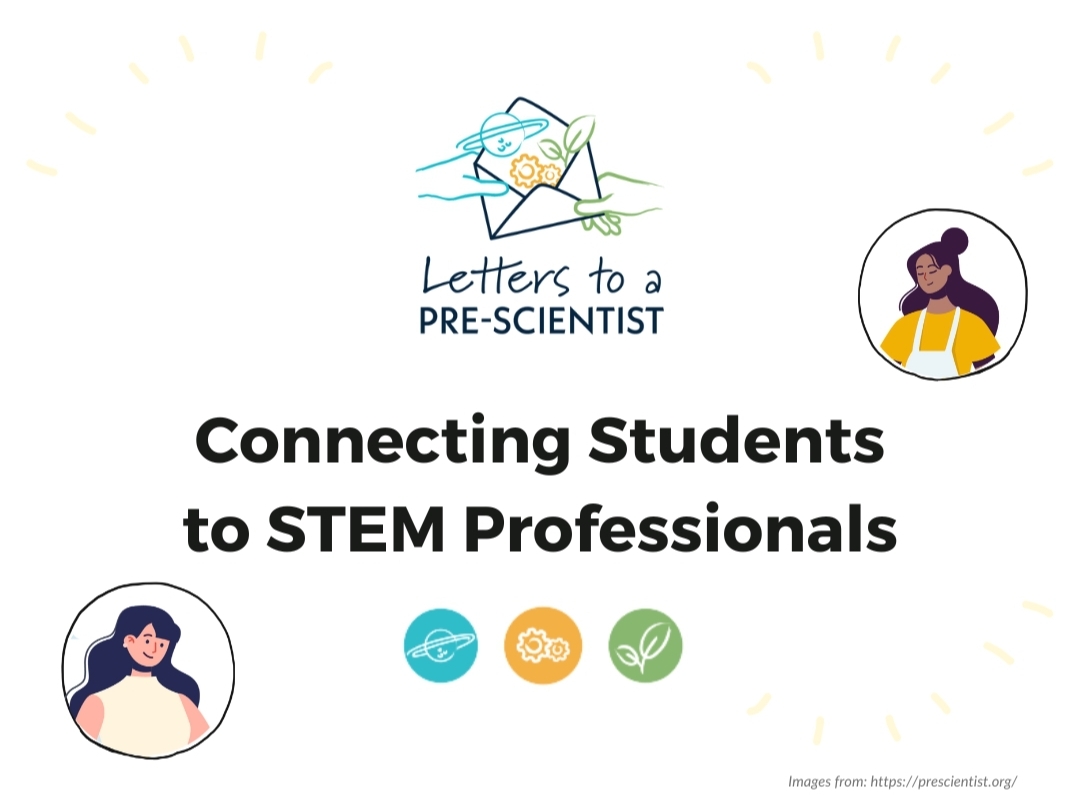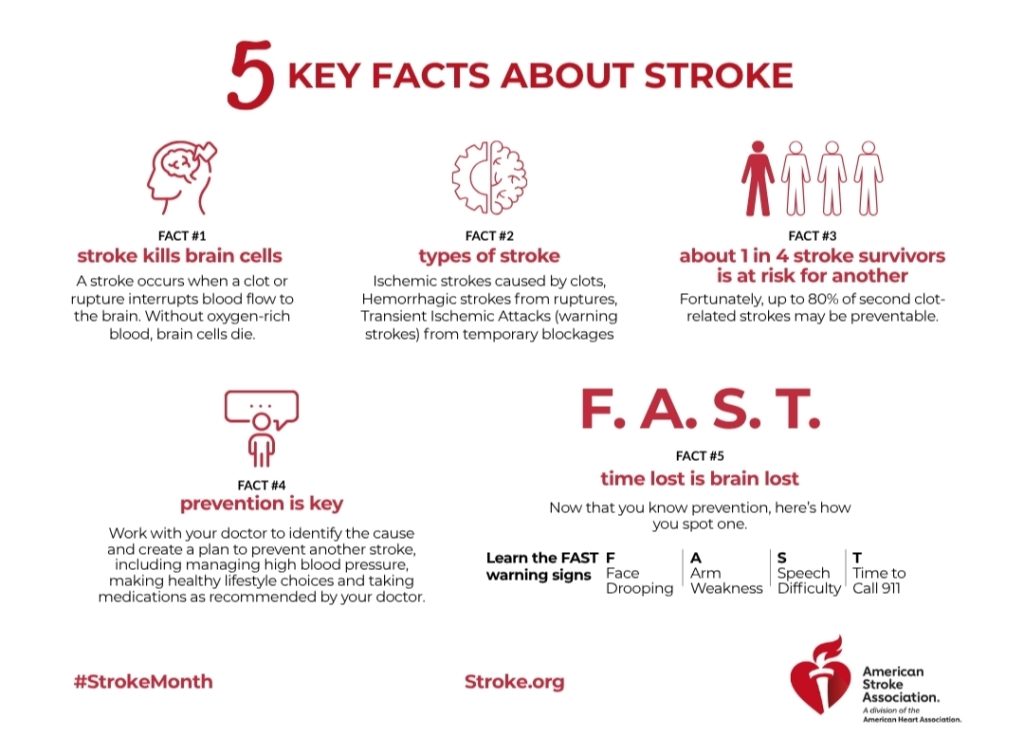In a world where technology dominates communication, one non-profit has found a meaningful way to connect with the next generation of scientists through a more traditional medium—letters.
Letters to a Pre-Scientist is a program that provides exposure, mentorship, and connection to students across the nation with professionals in the Science Technology Engineering and Math (STEM) field. The mission of the non-profit is to facilitate one-on-one connections to humanize STEM professionals, demystify STEM career pathways, and inspire all students to explore a future in STEM. A mission being achieved thanks to students, teachers, and volunteers in the STEM field like Joanna Tindall.
“I found out about the program through social media, and it seemed like a natural extension of my passion for science communication,” Tindall said. “I’ve just signed up for my third year on the program.”
The process of the pen pal program is simple, yet impactful providing students a unique opportunity to be exposed to the STEM field in a personal way—redefining and broadening what and who a scientist is.
“I currently work in scientific publishing now as an editor,” Tindall said. “I did a PhD in Environmental Science at University College London and Royal Holloway, and then went on and did a postdoc at the University of Nottingham, within geography, thinking about climate change.”
With her background and passion within the STEM field, Tindall provides pre-scientists a look into her career and the large world of science with one on one, handwritten letters.
“Over the course of a school year, we exchange four letters with our matched pre-scientist who are usually in the middle school age range,” Tindall said. “The four letters have themes: the first one focuses on what we as STEM professionals do making sure to include all that will feed into activities they have in the classroom on their opening letter day, more information about our career is built upon in our second letter describing our path, in the third letter we go into challenges we may have faced, and the fourth and final one is looking towards the future.”
Letters to a Pre-Scientist focuses on bridging gaps between the STEM field and underserved communities—providing students of diverse backgrounds and interests with real world scientists.
“You’re matched with your pen pal based on interests, and so your pen pal kind of chooses you,” Tindall said. “I might say that I like swimming, being by the beach, and cycling, and then, if the child chooses similar activities, the program organizers arrange the match.”
The matching and pen pal process isn’t dependent on the student’s initial interest in STEM, but rather an opportunity to grow that interest in science through letter writing.
“I had one student who wasn’t that interested in science but loved cooking so it was really about weaving in the fact that you know what you like to do at home, cooking, actually has a lot of science in it,” Tindall said. “Last year, I had someone who was super keen and wanted to do every career possible! Every letter would be like a different thing. ‘I want to be a scientist. I want to be an artist.’ That was really lovely to explore as well.”
The unique snail mail aspect of the program opens doors of connection that wouldn’t otherwise be possible, speaking to the lost art and power of letter writing.
“It feels a little bit more personal to write a letter, because I could of course have the ability to Zoom into their classroom and speak to all of those kids at once to possibly impact say, 30 kids, but I think you get such a more personal relationship by being one on one,” Tindall said. “It’s lovely, sometimes I’ll add stickers into my letters, or pick something up at a conference, and if it’s small and light enough to send, I’ll include that. There’s something very lovely about writing a letter or sending a parcel you just can’t emulate via email or Zoom.”
The students gain academic skills outside of STEM too, introducing them to a broader range of disciplines that foster critical thinking and creativity.
“Part of it is just them learning how to write a letter, and you can see that confidence grows in the letters and gets a bit better structured as it goes on,” Tindall said. “They’re writing it themselves, spelling becomes a little bit better every letter because they’re not relying on spell check, handwriting improves — all those sorts of skills grow.”
The program brings together STEM professionals and teachers to create a tailored experience that meets the needs of every classroom and child.
“The letters aren’t always handwritten, they are also often typed—it really depends on the child and the way the teacher organizes their classroom,” Tindall said. “We also upload a digital letter copy, partly in case anything gets lost in snail mail. I’ve had both written and typed from my pen pals and equally have returned letters in both formats.”
Tindall, based in the UK, demonstrates that meaningful connections can still thrive on a global scale without the reliance on social media. This approach offers a refreshing perspective on prioritizing quality over quantity, highlighting the power of personal interactions, fostering a sense of community and belonging that goes beyond digital boundaries.
“I think perspective is really important and as a researcher and my role as an editor, working with scientists from all over the world and through this program I’ve learned a lot about the U.S. education system, which is quite different from the UK,” she said. “The questions the kids ask often make me think in new ways, and that’s something you don’t get from more structured scientific communication.”
The program, along with volunteering in general, offers just as much to the scientists as it does to the communities they serve, illustrating that volunteering can take many forms.
“There’s so much volunteering that happens that people don’t realize that they’re volunteering, because it’s just what we do, but, if it’s not got that label, people don’t think that they’re contributing or that they’re not doing voluntary stuff,” Tindall said. “There’s always small things that you can get involved with. And I think it’s really important for fostering a sense of community as well.”
By fostering one-on-one connections through handwritten letters, Letters to a Pre-Scientist not only bridges the gap between STEM professionals and students but also redefines what it means to engage in meaningful volunteer work. This program highlights the profound impact of personal, direct communication in inspiring the next generation of scientists while enriching the volunteers’ own perspectives and sense of community.
To learn more about Letters to a Pre-Scientist or get involved, press the following link! https://prescientist.org/about-us/
The Future of Connection for Women








0 Comments